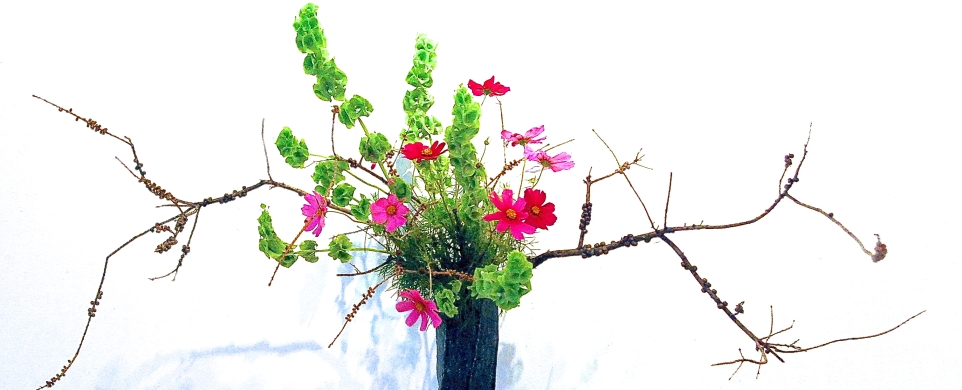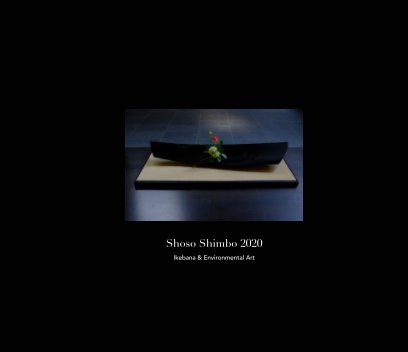I mentioned last time that the one of the crucial factors in contemporary art is “Meaning”. Of course I’m aware of that there are a number of differing opinions and criticisms. My intention is to provide a quick introduction to contemporary art, in particular for art practitioners including Ikebana artists. Contemporary art has two trends: Modernism and Post Modernism. Postmodernism became influential after the mid-20th century but the Modernism trend has not disappeared. The two trends co-exist and influence each other. Meaning is an important factor for both trends but particularly for Postmodernism.
Then, what about beauty? It seems that beauty in the ordinary sense is important for Modernism but not so much for Postmodernism, which often focuses on questioning Modernism.
There are some works, such as commercially designed products or floral arrangements, that are simply beautiful. However, as long as they do not convey any meaning, they probably do not belong in contemporary art.
Now, the next question is what is meaning in contemporary art. This is a very complicated question but I would like to answer it in a simplest possible way in the next issues.
This is a work I made for Hanabishi restaurant, one of the top Japanese restaurants in Australia.
We are going to have an Ikebana exhibition at Abbotsford Convent on 5 & 6 December 2015 with the Ikenobo School in Melbourne. Hope you will come and visit the exhibition to see our students’ works. Visit my site for the details.
http://www.shoso.com.au
https://www.facebook.com/ikebanaaustralia












































































